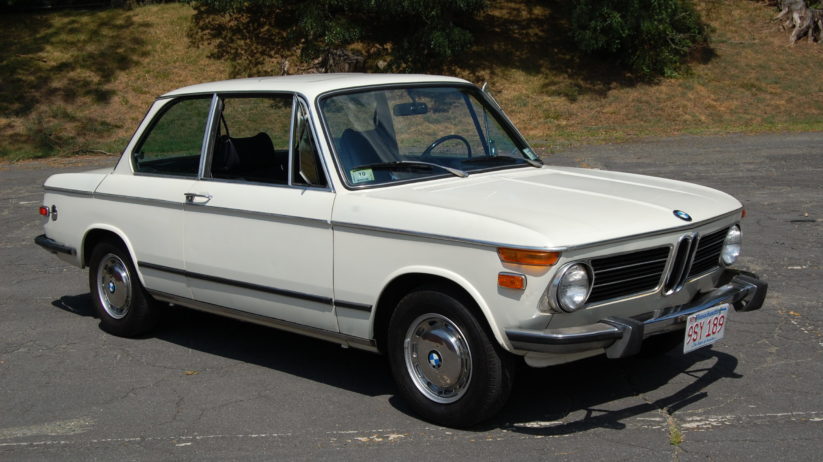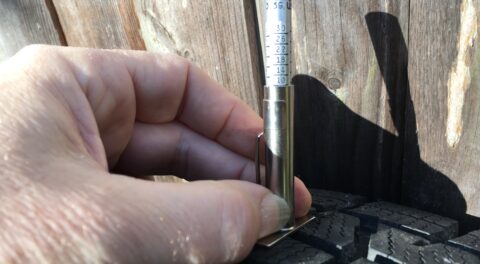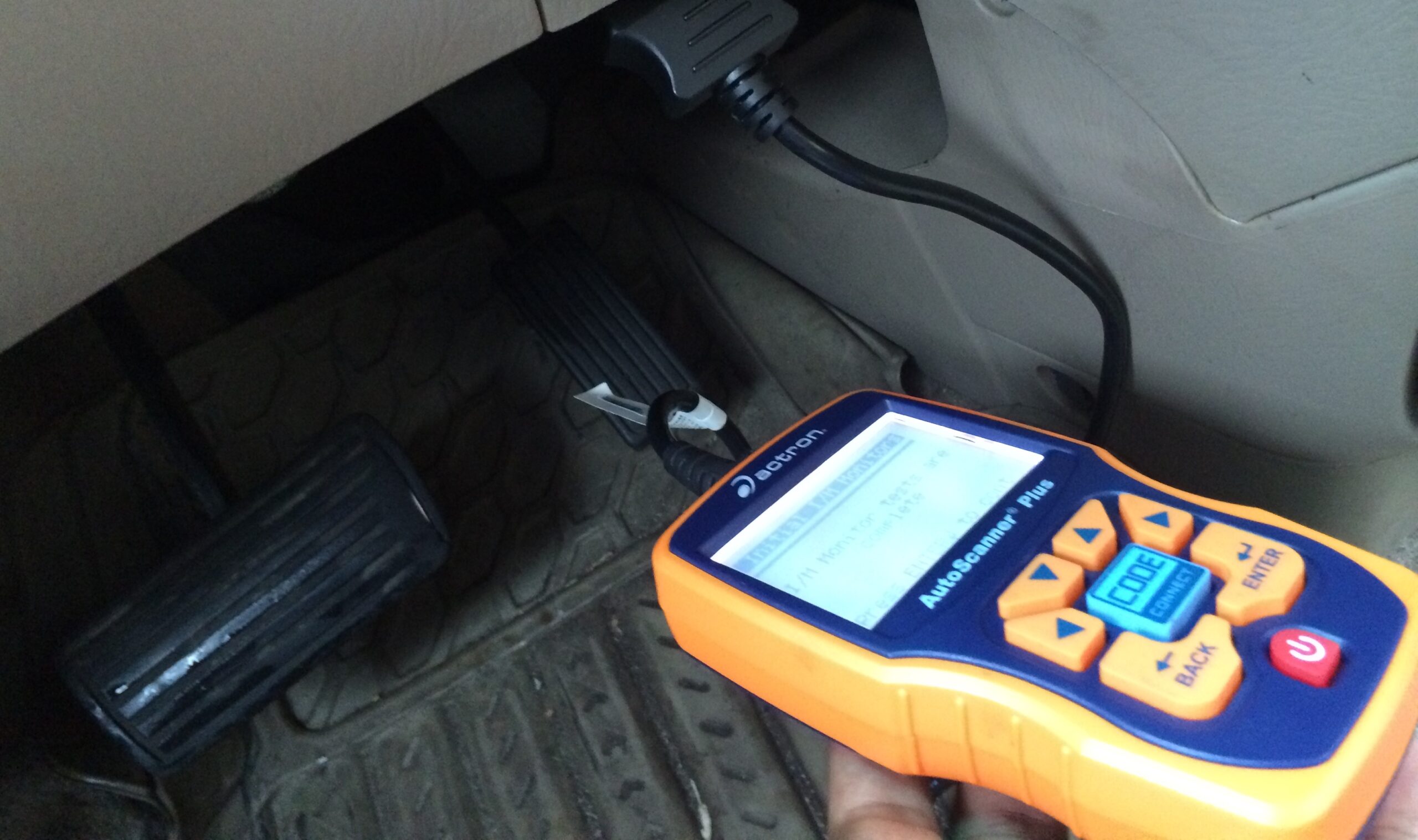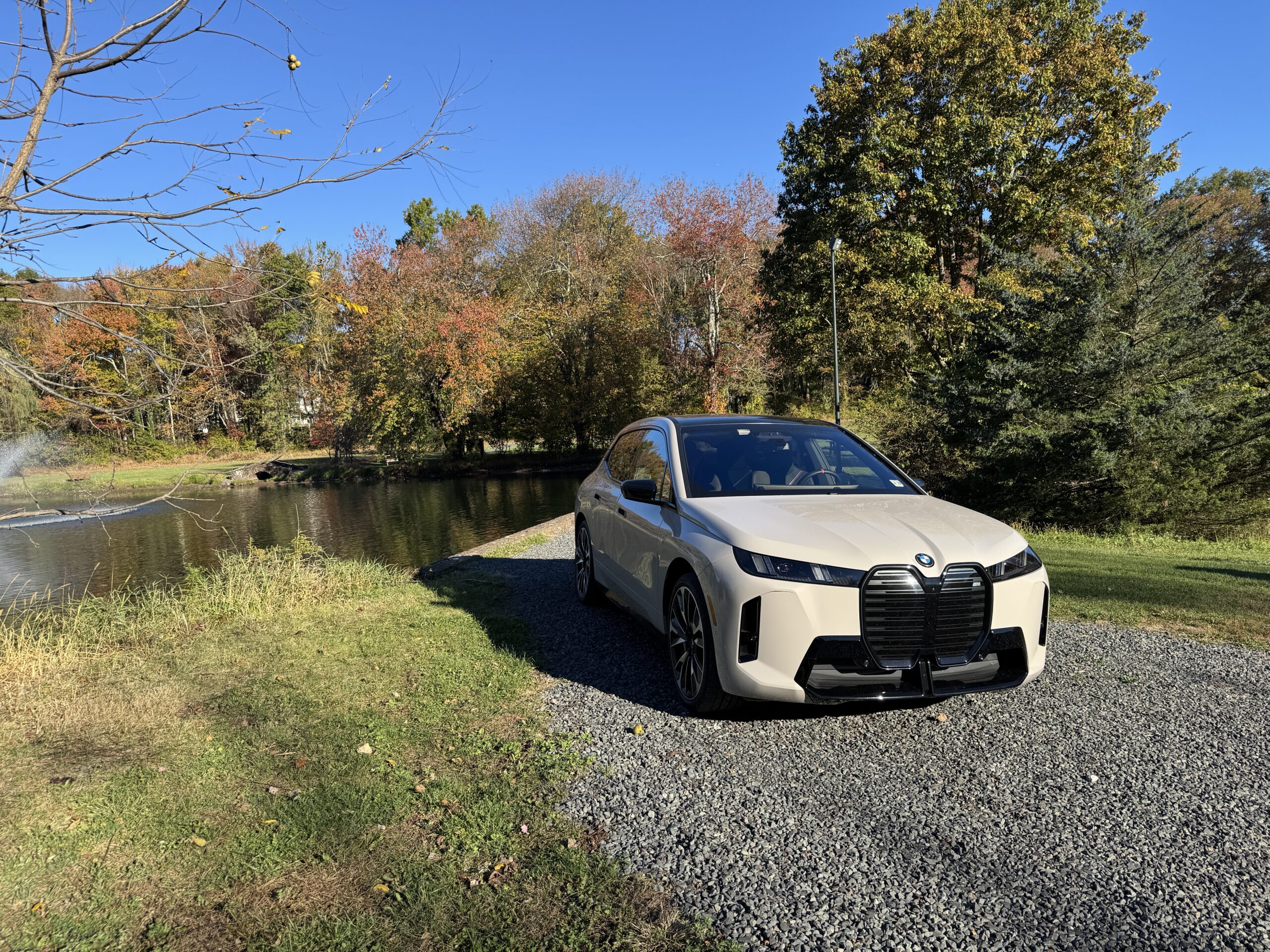I’m usually a pretty decisive guy regarding cars: I sell one, I buy another. I rarely fret over or second-guess the decisions. But I can’t quite decide on what to do with Hampton, the 48,000-mile survivor ’73 2002 I bought last September.
It’s not a question of whether or not to sell the car; that was really always going to be its fate. I don’t usually buy cars to flip, but this one wasn’t advertised anywhere; the owner had contacted me for my advice and assistance, I was going to see it and help her put it in Bring a Trailer, she encouraged me to make her an offer, and I thought that I could add value by reviving it from its decade of storage and cleaning it.
But now that that’s done, what am I going to do with a 48,000-mile car, one which, if I road-trip, will roll over to 50,000? Whenever I drive it, I’m concerned about bringing down its value. It’s just not in the cards for me to hold on to it for the long term.
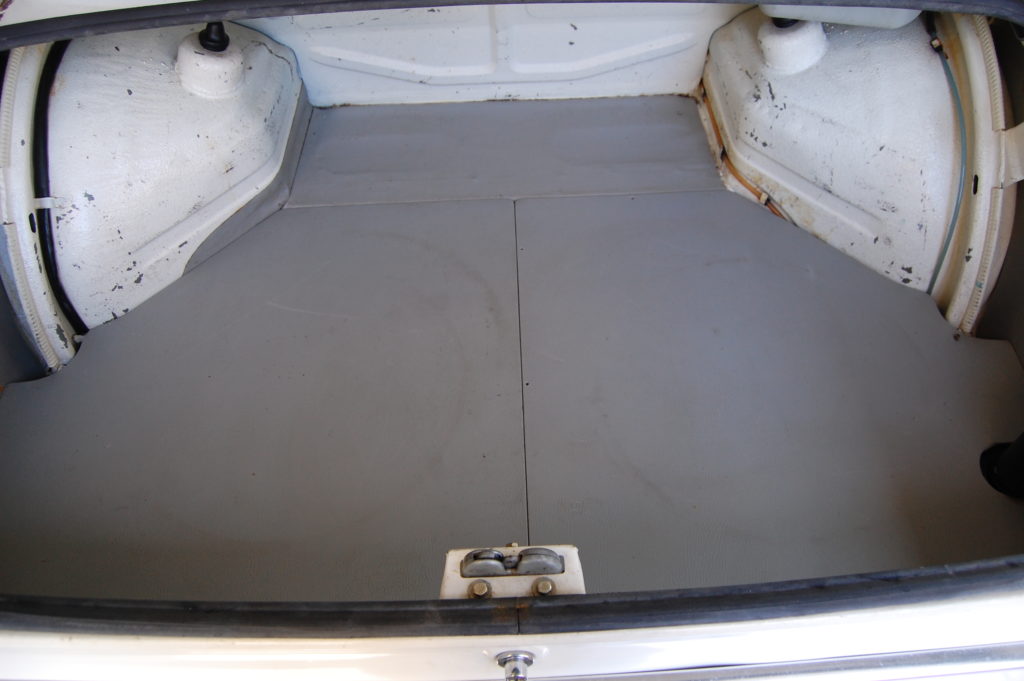
Wouldn’t want to mess up the trunk now that I’ve cleaned it.
So it’s not a question of if, it’s entirely a matter of timing. Between the ongoing pandemic and the approaching election, is this a window of opportunity before things get even nuttier, with people with time on their hands spending too much time looking on BaT and thinking about fall driving, or is it the worst possible time to sell a car like this? I keep hoping that there’ll either be some clear market indication, or at least a cosmic gut-level sign—but so far, as they say, I got nothin’.
I’ve written and thought a lot over the years about the timing of selling cars. In my first book, I talked at some length about the painful decision to sell a long-held and well-loved car, how we all make the best decision we can on the basis of the data we have at the time, and how even if the car zooms up in value shortly after the sale, you may be chagrined, but it really doesn’t matter, because (1) There’s no way to know whether or not that’s going to happen, and (2) If you’re selling a car because you need the money or are having some other life change such as relocation, simplification, or asset liquidation, you’ve already made the decision that the sale is necessary, so what happens—or may happen—to the value of the car after the sale isn’t a factor in the decision.
However, if you don’t need to sell a car (or whatever the asset is) at a particular time, the calculus is different. Taking a step back, I think about it like this (and yes, I realize that this is hardly an original thought):
- As I said, if you need the money now, it doesn’t matter whether you love a car or not, or whether it’s appreciating or not. You need to sell it, so you sell it.
- But if you don’t need the money now:
- If it’s appreciating, don’t sell it.
- If it’s not appreciating and you love it, don’t sell it.
- If it’s not appreciating and you don’t love it, and you either want to buy something else (in which case you’re admitting that you do need the money) or need the space, then sell it.
I could draw the whole thing as a flowchart, but you get the idea.
With regard to my situation, the motivating factor right now isn’t getting the cash out of Hampton, it’s more a question of space. There are eight cars on my Hagerty policy: the six vintage BMWs, the Z3 M coupe, and the Lotus Europa Twin Cam Special. They all need to be garaged, both because of the requirements of just about any agreed-value insurance policy as well as because they’re vintage cars that need to be kept out of the elements (well, less so the M coupe).
The garage here at my house comfortably holds three cars. I can shoehorn a fourth in by rolling one sideways on wheel dollies, but then two cars can’t move, so I only do that over the winter.
I rent four garages in Fitchburg, so over the winter, I have exactly the right number of spaces—but during the summer, I’m one short. I’ve shuttled one car off to a warehouse associated with my old engineering job, where I still consult, but the warehouse could be closed at any moment. So I really should shed a car.
Now, add to this all the noise I’ve made over the past handful of articles about possibly buying back Zelda, the ’99 Z3 that I sold a year and a half ago to my friend and neighbor Kim. You kill convertibles, even relatively recent ones, by leaving them parked outside. So to allow the possibility of buying back Zelda, I need to free up a space, which means selling a car.
Add to that the ever-beguiling wildcard of possibility—the endless searching on Craigslist and Facebook Marketplace for interesting and challenged well-priced cars that have helped me generate content for all these decades. Yes, with eight Hagerty cars, the E39, the little Rialta RV, and my wife’s 2013 Honda Fit that now needs a clutch, there’s always something to do, but I feel like I’ve been dining on the same few meals since the pandemic hit. My Hack Mechanic body seems to be craving fresh meat.
I seem to be identifying another line in the above calculus, something about enabling possibility. So how exactly do I put a value on that, and weigh it against the possible appreciation of an already-owned asset? I don’t. I can’t. It’s not something I can quantify.
A month ago, I went through something similar while deciding whether I was ready to sell my ’79 Euro 635CSi. I wrote up the ad, knocked some items off the punch list rather than apologize for them, and cleaned and photographed the car. I was about to list it for sale, then listened to both my head and my heart. My heart said, “I love the look of this car, even if I don’t drive it much, and even if, when I do, it’s really best for long-haul trips, which I’m not doing right now.”
My head said, “It’s not an obviously appreciating asset, but until you have something else you’d rather use the storage space for, there’s no reason to sell it.” With head and heart in agreement, I made the surprising decision not to list it. I’m basically doing the same thing with Hampton.
That is, I’m getting ready to list it—so that I can decide whether to list it or not.
Whenever anyone asks for my advice about selling an enthusiast car, I tell them that it usually takes me the better part of three days to prepare to list something. One day is spent cleaning and fixing small things instead of listing them as warts. Another is spent photographing inside and out and over and under. Another is spent writing the warts-and-all description.
The older a car, the more important the description and the photography are. That is, if you’re buying a ten-year-old car, you don’t expect it to be rusty, but a 50-year-old car is the opposite; you need to prove that it’s not rusty. By going through this process with Hampton, I did find two dime-size holes in the spare-tire well that I didn’t know were there. This interplay between photography and description is crucial, because if you say “zero rust-through,” you need to be right.
So, it’s done. The exterior photos. The interior photos. The put-it-on-the-lift-pull-the-wheels-off-and-shoot-the-inner-fenders photos. The compression-test photos. The walk-around video. The cold-start video. The through-the-neighborhood, onto the highway, and up-to-80-mph video. I could pull the trigger on it at any time.
And now I need to decide whether that’s this month, this season, next season, or next year.—Rob Siegel
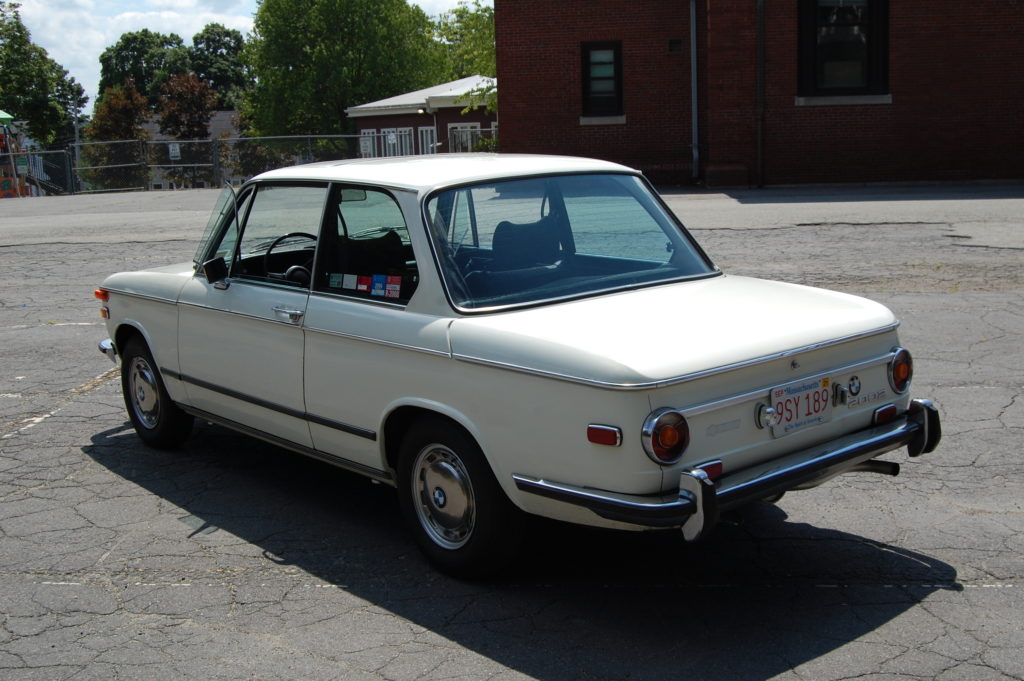
Is this the view of Hampton as it’s leaving?
Rob’s most recent book, Resurrecting Bertha: Buying Back Our Wedding Car After 26 Years In Storage, is available here. on Amazon. His other books, including Just Needs a Recharge: The Hack MechanicTM Guide to Vintage Air Conditioning, are available here on Amazon. Or you can order personally inscribed copies of all of his books through Rob’s website: www.robsiegel.com. His new book, The Lotus Chronicles, will be available in the fall.

